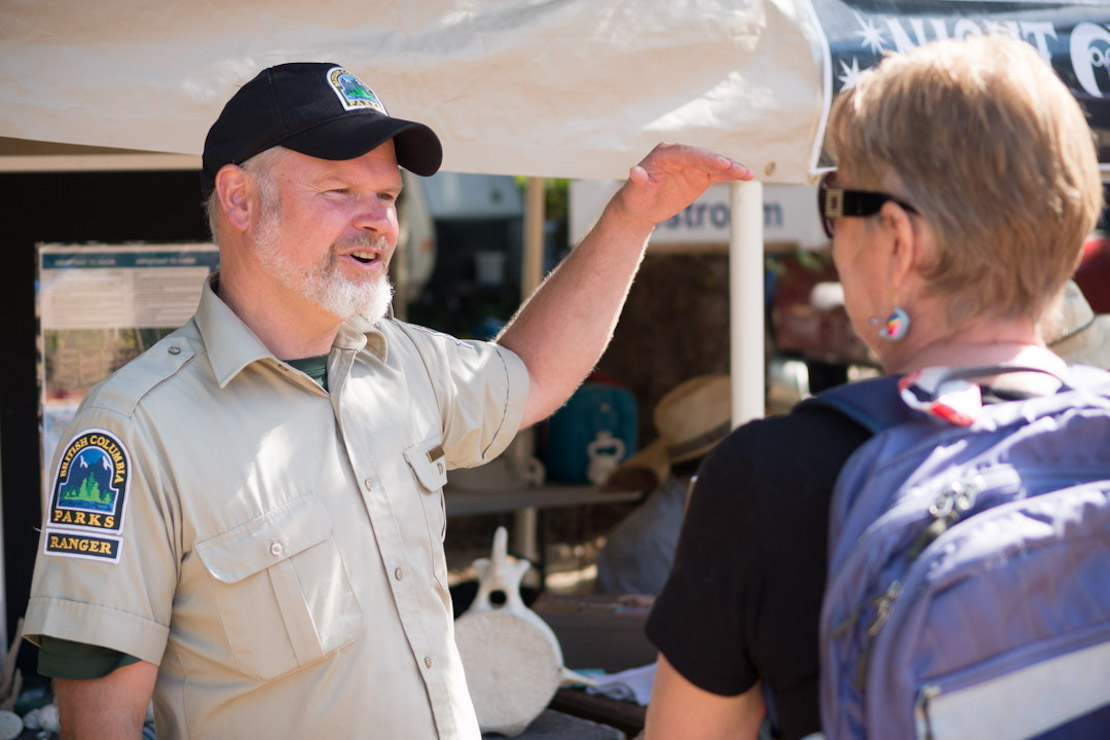Our mission
As a public trust, BC Parks’ mission is to protect representative and special natural places within the province’s protected areas system for world-class conservation, outdoor recreation, education and scientific study.
BC Parks is committed to serving British Columbians and their visitors by:
- Protecting and managing for future generations a wide variety of outstanding park lands which represent the best natural features and diverse environments of the province.
- Providing province-wide opportunities for a diversity of high quality and safe outdoor recreation that is compatible with protecting the natural environment.
- Committing to reconciliation with Indigenous Peoples. We honour their connection to the land and respect the importance of their diverse teachings, traditions and practices within these territories.
For more information about BC Parks’ mission, or for access to our strategic and guiding documents, contact parkinfo@gov.bc.ca.
Legislation
The responsibility and authority of BC Parks to manage provincial lands is drawn from several pieces of legislation. This includes six acts, and their associated regulations, policies, and agreements.
To learn more about park-related legislation, and stay up to date on the latest changes, visit our legislation page.
Types of parks
Each piece of land in British Columbia’s protected areas system must be protected and maintained for it’s important natural and cultural values and outstanding outdoor recreation opportunities. Designating different categories of parks allows us to define appropriate uses, and ensure parks are managed according to their own unique values.
Learn more about each type by visiting the types of parks and protected areas page.
History
Strathcona was established as the first provincial park in 1911. Since then, we’ve grown to steward over 1000 unique protected lands. BC Parks has taken on many different forms and responsibilities over the years.
To learn more about our journey, visit the history page.
